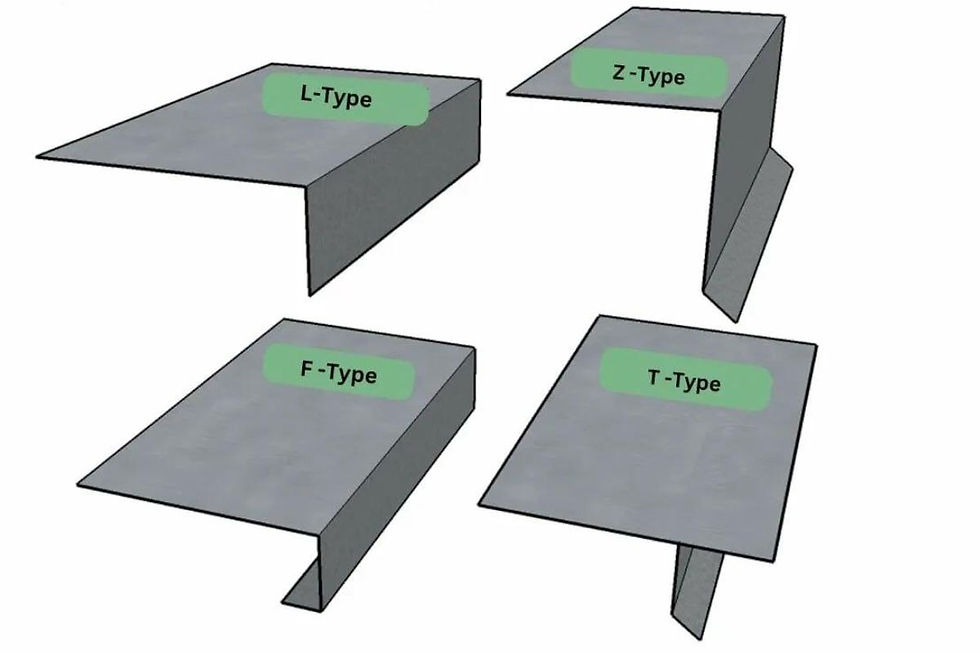Exploring Expert Roof Drip Edge Flashing Installation Guide
- mcclellandsroofing
- Apr 10, 2024
- 2 min read
Updated: Apr 15, 2024

Drip edge flashing is a critical component of any roofing system, yet its importance is often overlooked. In this comprehensive guide, we'll delve into the significance of drip edge flashing in roofing, exploring its role in protecting against water damage, preventing structural issues, and enhancing the longevity of your roof. From understanding the basics of drip edge to discussing its application in various roofing materials such as metal roofing, this guide aims to shed light on why drip edge flashing is an essential investment for any homeowner or contractor.
Understanding Drip Edge Flashing:
Drip edge flashing is a metal or plastic strip installed along the edges of a roof to direct water away from the structure. It serves multiple purposes, including:
Water Diversion: Drip edge flashing helps channel rainwater away from the roof edge, preventing it from pooling or seeping into the underlying structure.
Edge Protection: By covering the edges of the roof decking, drip edge flashing protects against moisture infiltration, rot, and decay.
Wind Resistance: Drip edge flashing provides a secure anchor point for roofing materials, helping to resist uplift during high winds and storms.
Drip Edge for Metal Roofing:
In metal roofing systems, drip edge flashing plays a crucial role in protecting the integrity of the roof and ensuring proper drainage. When installed correctly, drip edge flashing prevents water from backing up under the metal panels, reducing the risk of leaks and water damage. Additionally, drip edge flashing helps maintain the aesthetic appeal of the roof by providing a clean, finished edge.
Roof Drip Edge Flashing Installation:
Installing drip edge flashing requires precision and attention to detail. The process typically involves:
Roof Preparation: Ensure the roof deck is clean, dry, and free of debris before installing drip edge flashing.
Cutting and Fitting: Cut the drip edge flashing to the appropriate length and shape, ensuring a snug fit along the roof edges.
Attachment: Secure the drip edge flashing to the roof deck using roofing nails or screws, making sure to overlap adjacent sections and create a watertight seal.
Sealing: Apply roofing sealant or caulking around the edges of the drip edge flashing to further waterproof the roof and prevent leaks.
Conclusion:
Drip edge flashing is a vital component of any roofing system, offering protection against water damage, structural issues, and wind uplift. Whether you're installing a new roof or replacing an existing one, investing in quality drip edge flashing is essential for long-term performance and durability. If you're in need of roof repair services in Pittsburgh, PA, trust experienced contractors to assess and address any issues with your roof, including drip edge flashing installation or repair. Protect your investment and ensure the longevity of your roof by prioritizing proper maintenance and timely repairs. Schedule a roof inspection today and safeguard your home against potential roofing issues.



Comments